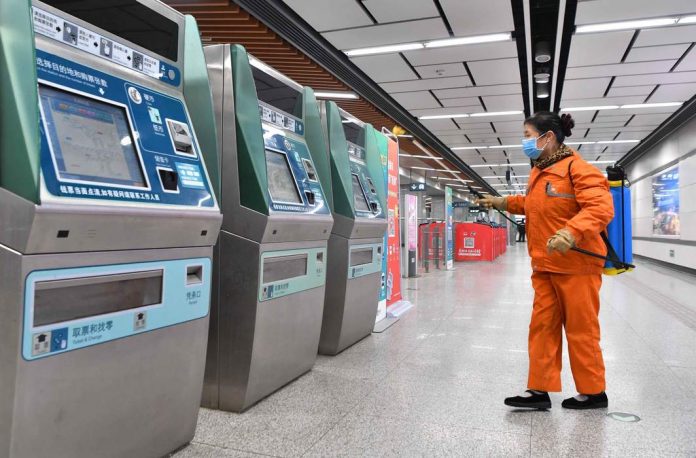The south Delhi residential colony I live in is normally a Tower of Babel thanks to an endless parade of hawkers, construction activity, horn-happy drivers, motorcycle exhausts, garbage disposal, doorbells, people yelling on cellphones and loudspeakers blaring devotional songs or wedding processions. No amount of triple glazing protects you from the street sounds that are so uniquely Indian. Nowadays, or post-Corona to be more precise, it is enveloped in an eerie silence. There are few people on the roads, fewer cars and far less sounds of normalcy. That’s because there is a new normal now. The last time I experienced this was during the 1971 war, when street and residence lights were switched off at night and windows covered with black paper or paint. No one ventured out once the sirens sounded, which they did quite often. Where I now live, the Prime Minister’s janata curfew is already pretty much an everyday affair with most residents confined to their homes and restaurants in the nearby market shuttered. The fear in the air is as palpable as it was back in 1971. Then, the enemy was Pakistan and the possibility of air strikes. This new enemy, named, inadvertently, after a popular Mexican beer, is invisible, insidious and terrifying in its savagery, fatalities and global spread. The terror and panic is magnified by social media and the bombardment of coronavirus-related news we are being subjected to hour after hour.
The internet and social media had become a tsunami of distress, and the fear of the economic and social consequences is becoming greater than the fear of the contagion. I, like millions of others, am working from home, a unique and unsettling experience. For some, it offers an opportunity to do what many people have on their wish list: get off the treadmill that life has put us on and slow down, smell the coffee, as they say. The Chinese have a word for it, jī, which represents “a turning or changing point” or “opportunity.” Sitting at home, in between working remotely and speaking to colleagues via the phone rather than in person, requires a new mindset and new skills. Everything takes longer, like swimming underwater. Pandemics like this Covid-19 come on an average, three times in a century. This one promises to be more devastating than the others, more global in its spread and impossible to predict in its longevity and the extent of human and economic devastation it will leave in its wake. People have no immunity to such new viruses. Social distancing measures, like the kind imposed in Wuhan, shows that it can work in flattening the curve, but not every country follows the Chinese system.
The H1 N1 virus in 2009 was a 3-wave pandemic. The first wave occurred in spring in the Mexico City area. A second wave came in summer in the southeastern region, and a third wave came in the fall. That raises a key issue; how long can, or should, a lockdown last. During the 1918 flu pandemic, many American cities banned public gatherings, closed schools and other social distancing interventions but research showed that those cities that lifted restrictions early to kickstart economic activity saw a sharp rise in transmission rates. Several cities experienced a second epidemic peak after social distancing controls were lifted, because susceptible individuals who had been protected were now exposed. Other researchers looked at the dynamics of the spread of influenza in France and noted that cases dropped when schools closed and re-emerged when they re-opened.
Which brings me back to the introduction to this blog, the work at home option. Models and simulations in America suggest that if 11% of affected workplaces are closed, overall infection transmission rate is around 11.9%. In contrast, if 33% of affected workplaces are closed, the attack rate decreases to 4.9%. Under the new normal, working from home, social distancing, kids at home, markets closed and entertainment severely limited, 2019 feels like so last century. Our lives have changed, inexorably, instantly, radically and in ways we could never imagine. Welcome to a new human race where no one knows where the finish line is.


